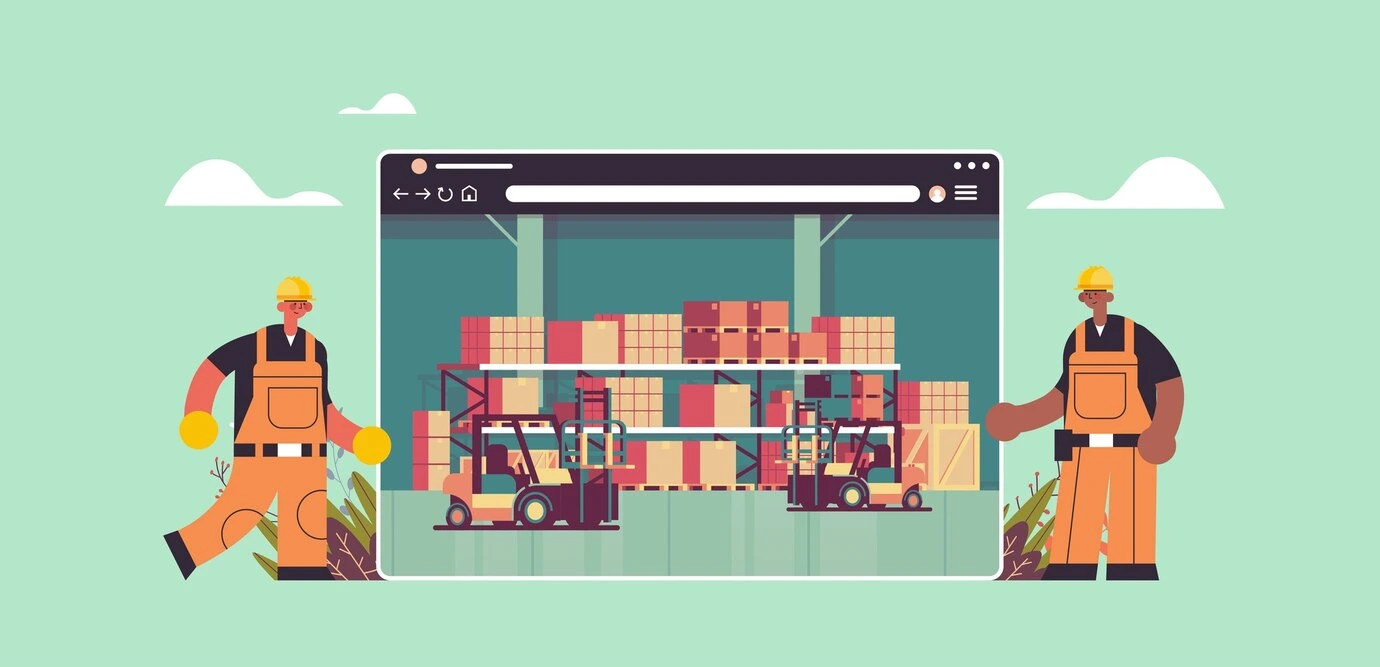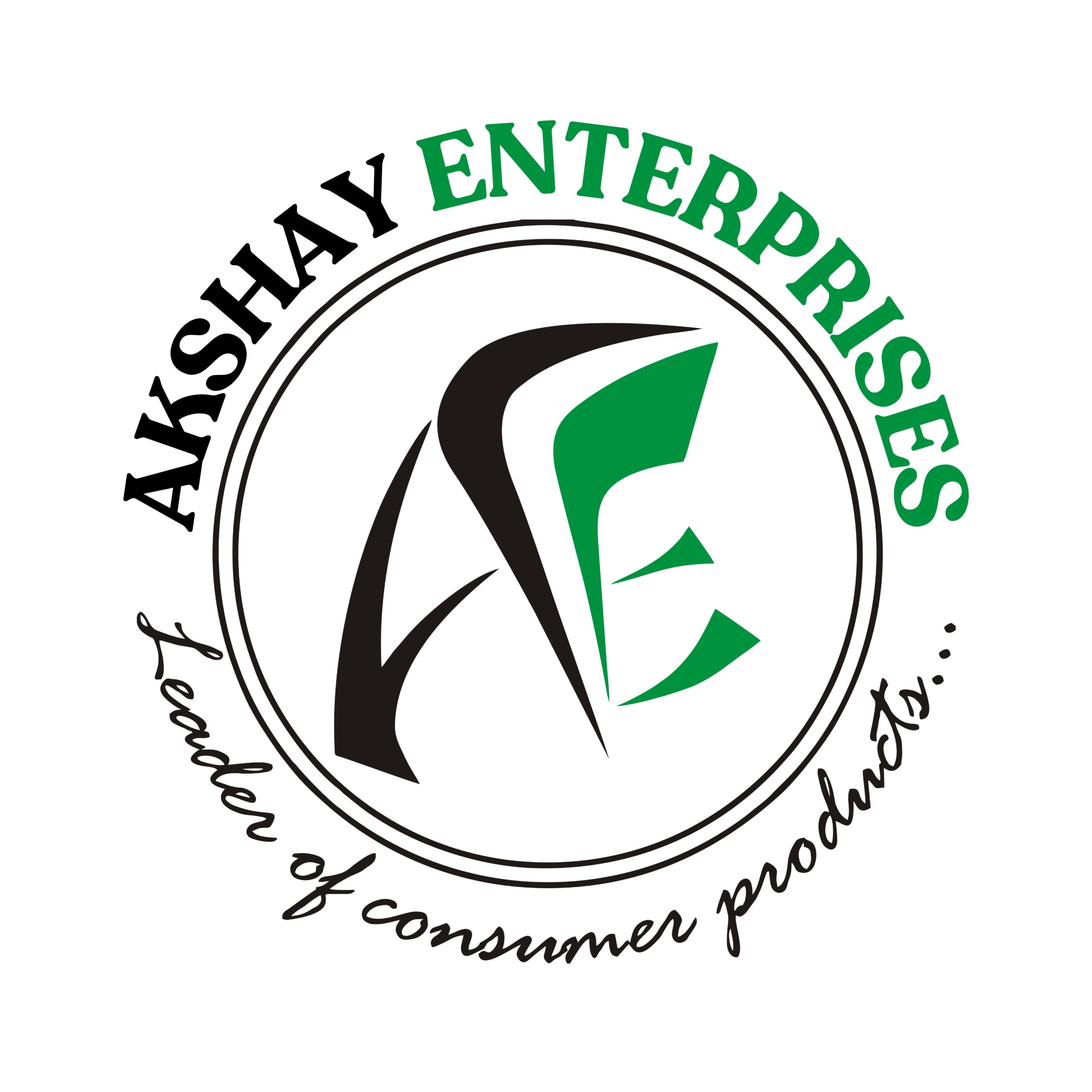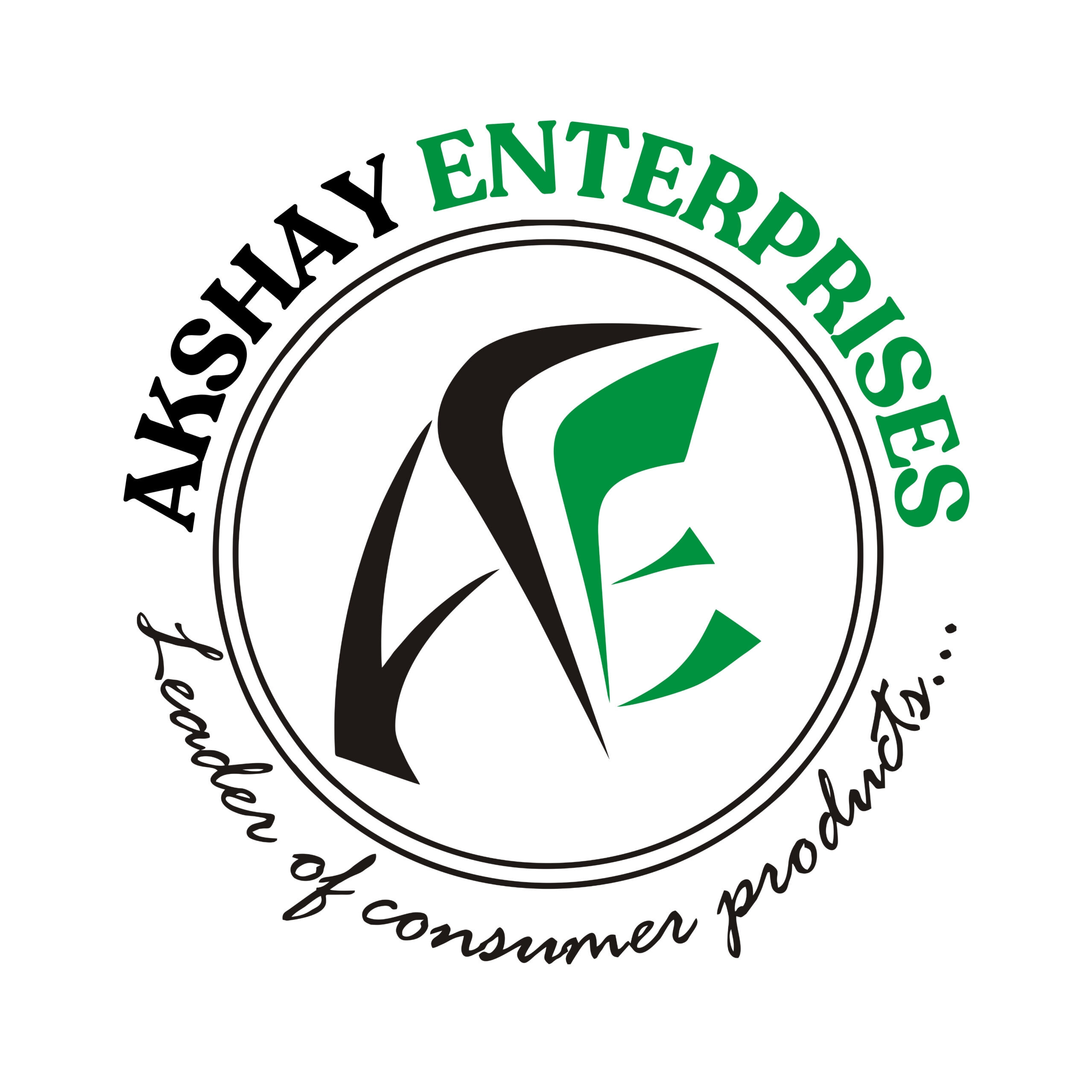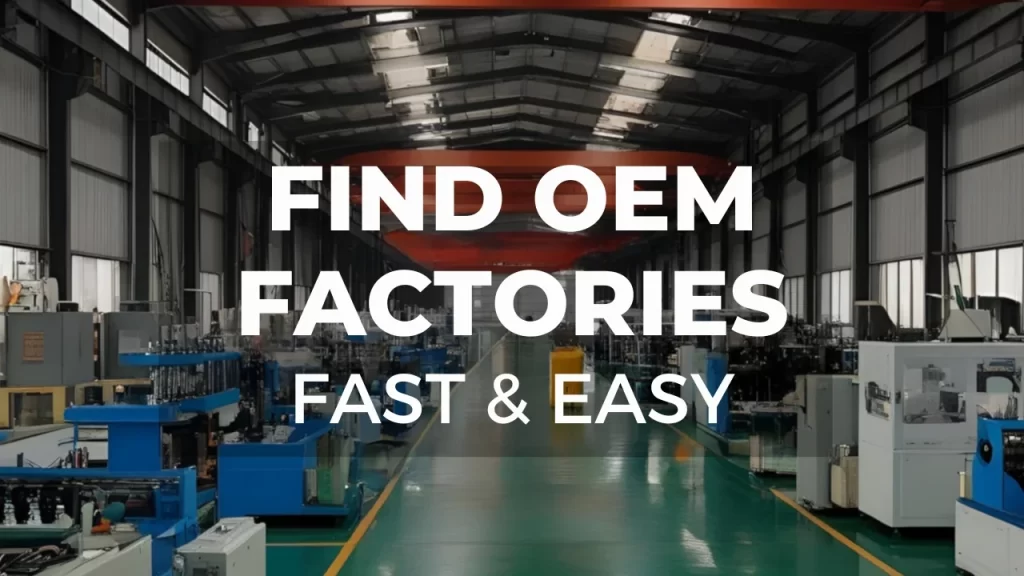In today’s fast-paced business world, building a brand from scratch doesn’t always mean setting up massive factories or developing every single product by yourself. Many successful businesses thrive by partnering with Original Equipment Manufacturer (OEMs) to bring their ideas to life. If you’re exploring the OEM route for the first time, or even if you want to refine your sourcing strategy, this guide will walk you through everything you need to know—from understanding OEM to finding and working with the right factory.
Let’s dive deep into the world of OEM and how it can transform your business vision into reality.
What Is Original Equipment Manufacturing (OEM)?
At its core, Original Equipment Manufacturing (OEM) is when one company manufactures products that are later branded and sold by another company. The OEM focuses purely on production, leaving branding, marketing, and sales to you, the business owner.
OEM allows you to:
- Focus on brand building and marketing.
- Save massive upfront investment in manufacturing facilities.
- Offer a wide range of products without managing the entire production line.
The key is that you retain control over the brand, design (sometimes), and distribution, while the OEM handles the manufacturing end.
Why Businesses Choose OEM Production
Choosing OEM manufacturing isn’t just about cost-saving; it’s a smart business move for many reasons:
1. Speed to Market
OEMs can produce goods faster since they already have the required technology, machinery, and labor force ready. You can launch products quicker and stay ahead of competitors.
2. Cost Efficiency
You avoid capital expenditures like purchasing machines, hiring labor, or setting up factories. This lets you invest your capital into marketing, R&D, and scaling.
3. Focus on Core Competencies
By outsourcing production, you can focus on business development, marketing, customer service, and innovation—areas that truly grow your brand.
4. Access to Expertise
OEM factories are experts in their field. Whether it’s home appliances, electronic products, or alkaline products, partnering with an OEM often means accessing years of specialized experience.
Understanding the OEM Manufacturing Process

Before you jump in, it’s essential to understand how the OEM process generally works:
Step 1: Product Ideation
You have a product concept or an improvement on an existing product.
Step 2: Research and Design
Depending on the OEM, you may need to provide your product design or work with their R&D team.
Step 3: Quotation and Sampling
You discuss project requirements, quantities, costs, and timelines. The OEM provides samples for your evaluation.
Step 4: Order Placement
After approving the sample and quote, you place a production order.
Step 5: Manufacturing
The OEM handles the raw materials, manufacturing, and quality checks.
Step 6: Quality Control and Delivery
Before shipping, products are inspected to ensure they meet your agreed standards.
How To Find OEM Factories

Finding the right OEM partner is crucial. A wrong decision can result in poor-quality products, missed deadlines, or worse, reputational damage.
Here’s a step-by-step guide to locating trustworthy OEM factories:
1. Define Your Product Requirements
Before reaching out to anyone, be crystal clear about:
- Product specifications
- Quality standards
- Quantity requirements
- Target price range
- Expected delivery timeline
Having this information upfront ensures a more professional and productive conversation with OEMs.
2. Research Online Directories
Start by exploring:
- Global B2B platforms like IndiaMart, Tradeindia, ExporterIndia, Global Sources, and ThomasNet
- Industry-specific directories
- LinkedIn searches for OEM manufacturers
Use filters like “verified supplier” and “certified manufacturer” to narrow down your search.
3. Attend Trade Shows
Trade shows are goldmines for discovering OEM partners. Industries like electronics, beauty, automotive, and wellness regularly host expos where OEM factories showcase their capabilities.
4. Leverage Industry Networks
Networking with industry insiders, joining associations, or participating in webinars can lead you to hidden gems that aren’t actively advertising online.
5. Visit Manufacturing Clusters
If feasible, visiting manufacturing hubs such as Shenzhen (electronics), Moradabad (handicrafts), or Baddi (pharma) can lead to direct OEM contacts without middlemen.
Evaluating an OEM Factory: What To Look For
Not all factories are created equal. Vetting your OEM is crucial to long-term success.
1. Factory Capabilities
Ask:
- What’s their production capacity?
- Can they handle scaling up?
- What materials and processes do they specialize in?
2. Certifications and Compliance
Ensure the factory has relevant certifications like ISO, GMP, or industry-specific certifications. Check their compliance with safety, labor, and environmental standards.
3. Quality Control Measures
Inspect how they handle:
- Incoming raw materials
- In-process inspections
- Final product inspections
- Batch testing procedures
4. Sample Quality
Always ask for product samples. Multiple samples allow you to judge consistency and quality standards.
5. Communication and Responsiveness
An OEM partner should be easy to communicate with, transparent about timelines, and responsive to your concerns.
6. References and Case Studies
Ask for client references or case studies. Hearing feedback from previous clients can help you gauge reliability.
Tips for Successfully Working with OEM Manufacturers
Once you choose an OEM partner, setting the right foundation is critical for success.
1. Draft Clear Contracts
Lay everything down in writing:
- Specifications
- Delivery schedules
- Payment terms
- Penalties for non-compliance
- Intellectual property protection
Never rely on verbal promises.
2. Maintain Regular Communication
Schedule weekly or biweekly updates during production. Use video calls, progress photos, and factory walkthroughs if possible.
3. Set Realistic Timelines
Understand that unforeseen issues like raw material delays or global shipping problems can occur. Build reasonable buffer times into your schedules.
4. Conduct Random Inspections
Hiring third-party inspection agencies can ensure production quality even if you aren’t on-site.
5. Start Small, Then Scale
Place a smaller initial order to test production quality, timeline adherence, and overall professionalism before committing to larger volumes.
Benefits of Choosing OEM Production
1. Faster Scalability
Expand your product line or enter new markets with minimal time and capital investment.
2. Flexibility
OEMs allow you to pivot product designs or introduce variations easily without retooling massive in-house facilities.
3. Focused Expertise
Manufacturers who specialize in a niche field bring insights and technological know-how to the table.
4. Lower Risk
Without heavy manufacturing investments, your financial exposure is reduced, especially during the initial stages of brand building.
Challenges You Should Watch Out For
While OEMs offer significant advantages, it’s not without pitfalls:
Quality Inconsistency
If you aren’t vigilant, manufacturers might start cutting corners after the first few shipments.
Intellectual Property Risks
Without proper contracts, there’s a risk that your designs or ideas could be copied.
Communication Gaps
Language barriers or misaligned expectations can lead to costly misunderstandings.
Dependency
Heavy reliance on one OEM can be risky if they face issues or go out of business. Diversifying vendors helps manage this.

Choosing to work with an OEM factory is a strategic decision that can significantly accelerate your brand’s growth and market entry. It allows you to leverage expert manufacturing without draining resources on heavy infrastructure. But success lies in choosing the right partner, establishing clear expectations, maintaining tight quality control, and safeguarding your brand’s intellectual property.
Take the time to research properly, build strong supplier relationships, and never compromise on your product standards. When done right, OEM partnerships can become one of the strongest backbones of your business journey.
If you’re ready to take your business to the next level, building a solid marketing presence is equally important.






